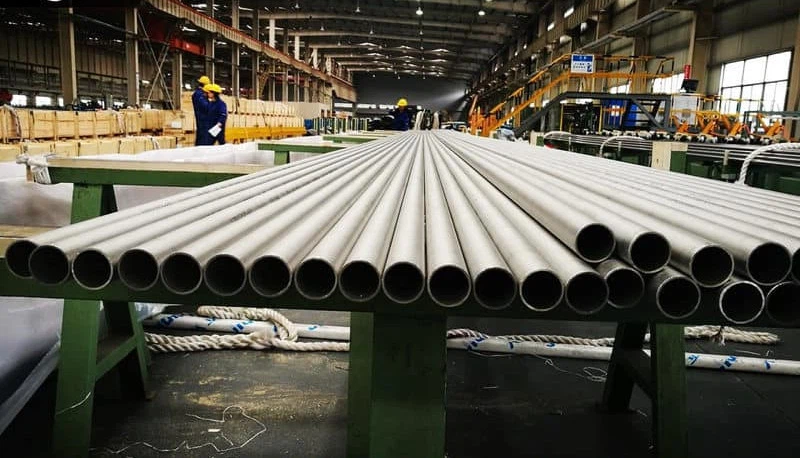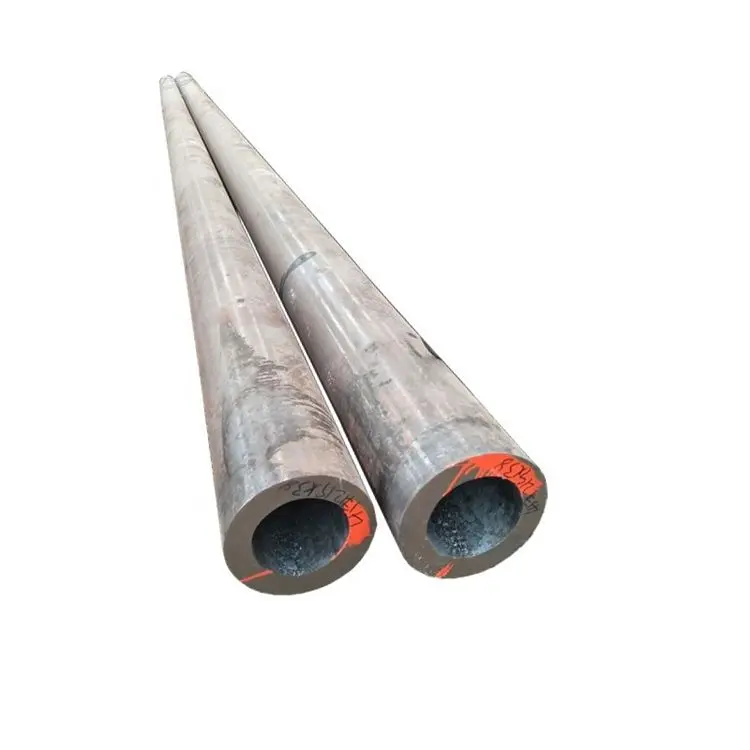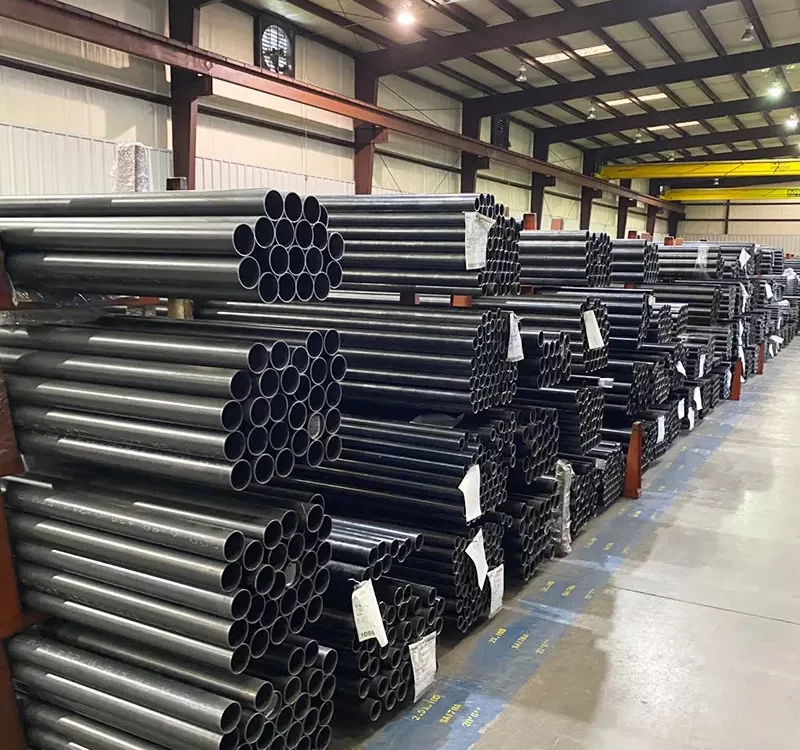May 18, 2024
JIS G3429 Seamless Steel Pipe for High Pressure Gas Cylinder JIS G3429 is a Japanese Industrial Standard that specifies the seamless steel pipe for high pressure gas cylinders. This standard outlines the requirements for the manufacturing and testing of seamless steel pipes used in the production of gas cylinders that […]





